a very beautiful neoclassical cameo dating from the end of the 18th century, beginning of the 19th century.
This agate cameo is a very fine example of glyptic from this period.
the agate is carved in three layers:
a brown layer in which is carved the Phrygian cap of Paris, as well as his wavy hair at the forehead and neck.
then the face of the young man is carved in a layer of white agate.
finally the face and the cap rest on a new layer of brown agate.
the whole is superb in quality and the cameo itself measures 12 mm by 24 mm.
the cameo is set in a later yellow gold ring.
the cameo is encircled by a gold frame in the manner of a frame.
the shoulders of the ring are openwork.
This is a large ring.
The gold setting is in the 19th century style.
A very beautiful ring with a beautiful cameo representing Paris.
The myth:
Hecuba, pregnant with Cassandra, predicts that the future prince she is carrying will cause the loss of Troy. Frightened, Priam orders that the child be murdered: Paris is thus abandoned on Mount Ida, where however he is taken in by a shepherd named Agelaos. Having become an adult, he is recognized as a Trojan prince, son of Priam. While he is tending his flocks of sheep, he sees Aphrodite, Athena and Hera appear before him, who ask him to choose to whom should be given the "apple of discord", intended "for the most beautiful of the goddesses of Olympus": this is Paris's judgment. Paris opts for Aphrodite, who promises him the love of the most beautiful woman in the world. He therefore abducts Helen, wife of Menelaus; which triggers the Trojan War. Defeated by Menelaus in single combat, he owes his salvation only to the intervention of Aphrodite. Guided by Apollo, he kills Achilles with one of his arrows, before dying from those of Philoctetes. His first wife is Oenone, whom he will abandon for Helen.
cf Wikipedia



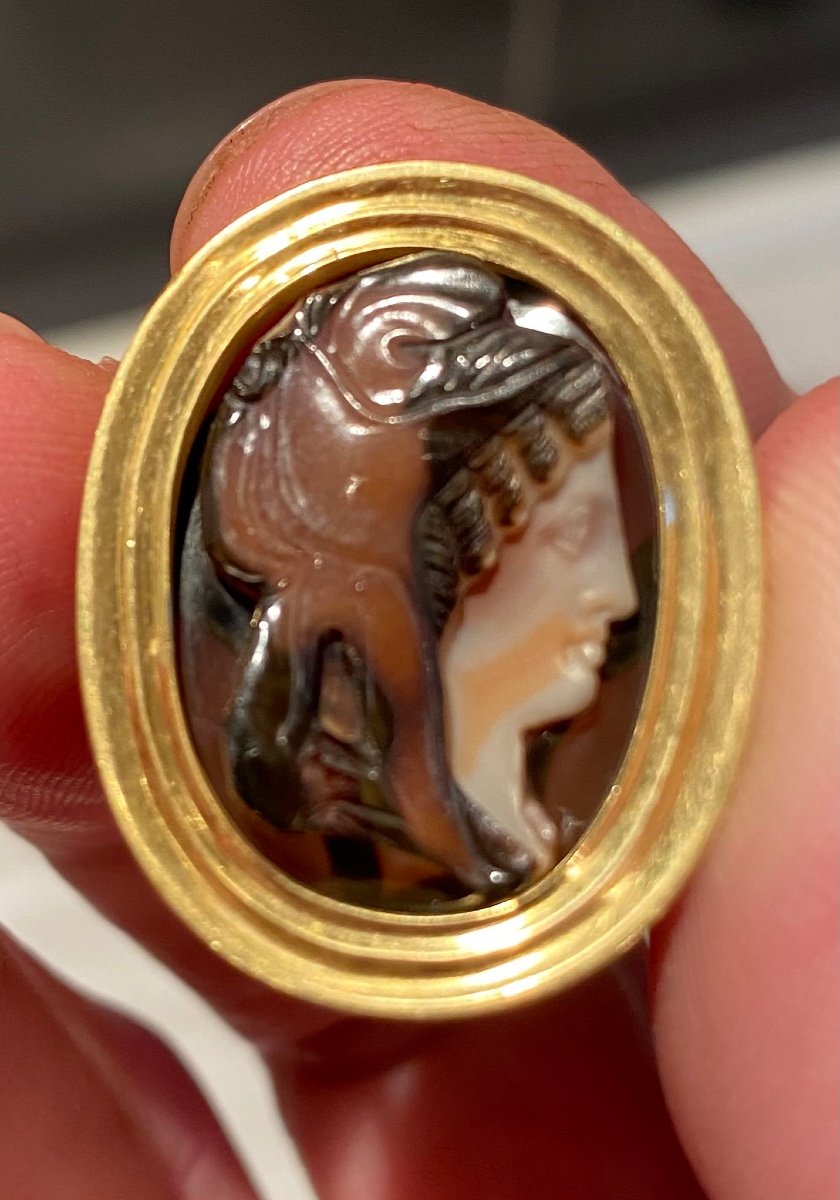




























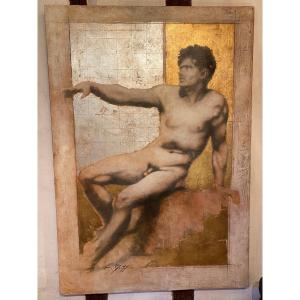


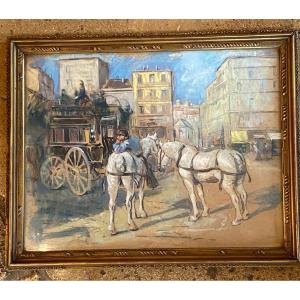
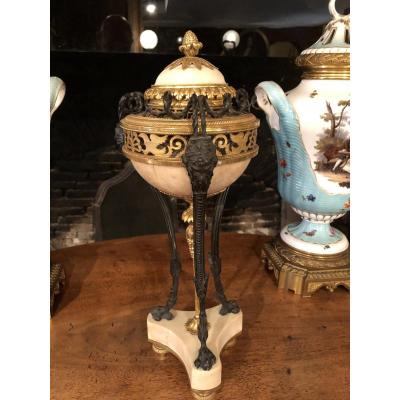


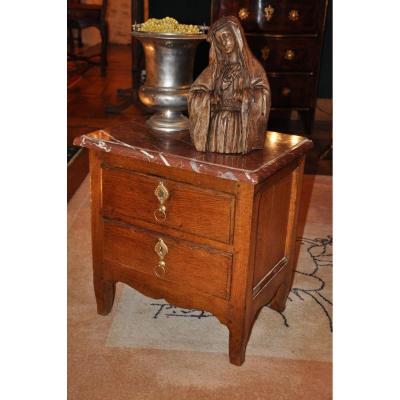


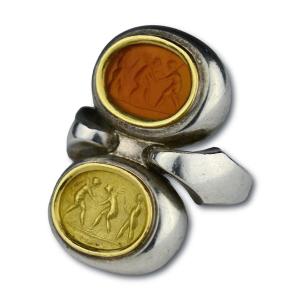
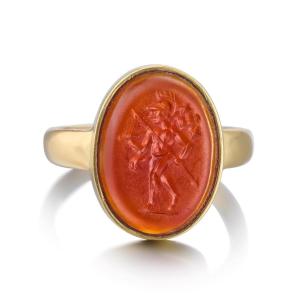
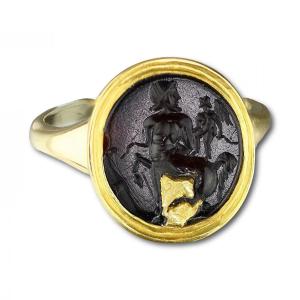

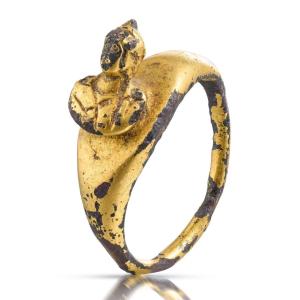



 Le Magazine de PROANTIC
Le Magazine de PROANTIC TRÉSORS Magazine
TRÉSORS Magazine Rivista Artiquariato
Rivista Artiquariato